How To Make Good Rap Lyrics: It takes a certain mix of creativity, language skills, and rhythmic sense to write strong rap lyrics. It’s a skill and an art. In the fast-paced world of hip-hop, where language is the lifeblood of the genre, it’s important to be able to tell interesting stories, share current ideas, and use language well. Whether you’re an experienced rapper who wants to get better or a hopeful lyricist, writing great rap lyrics requires a deep understanding of how to use language, how music works with lyrics, and how to express yourself.
Being real is the most important thing in rap lyrics. True storytelling is powerful because it can get through language barriers and touch people deeply. People who want to be great rap writers usually learn that the best way to write is to think about their thoughts, feelings, and experiences. The honest story is the link between the artist and the audience, creating a connection that goes beyond just having fun.
Rap uses a huge range of words and phrases, so you need to have a big vocabulary and be good at language. A great poet can write lyrics that are both serious and funny at the same time by using wordplay, metaphors, and double entendres. As if with a brush, the words chosen paint vivid pictures in the thoughts of those who hear them. This ability to use different languages makes an artist’s voice more unique and improves the artistic quality of the words.
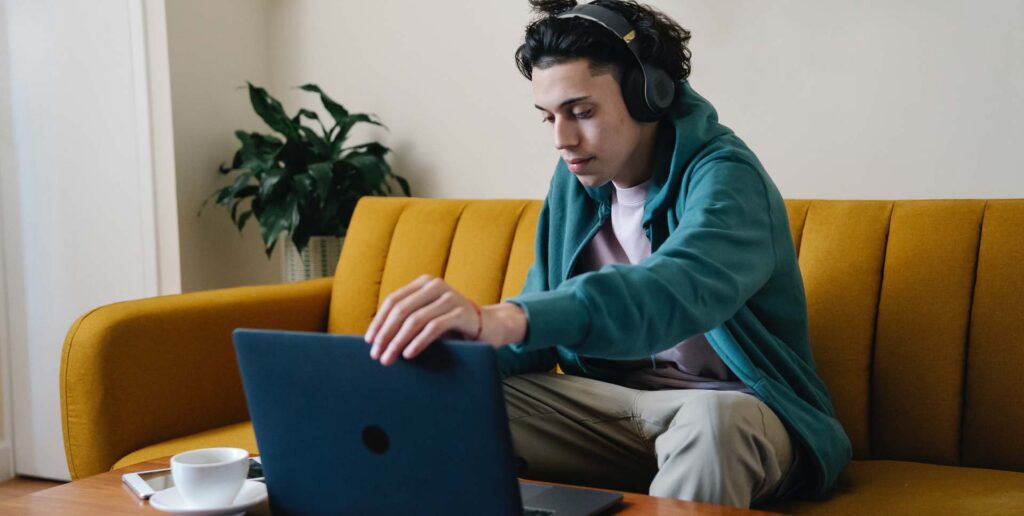
How should a rap song start?
Most songs begin with some instrumental bars, which are typically followed by a verse, although some do start with a hook. Very few songs begin with rapping. Usually the beat plays for 4 or 8 bars before the rapper comes in. After the intro, most songs contain two to four verses of 16 to 32 bars each.
Rap songs start with a critical part that sets the tone for the whole song. Hip-hop songs usually start with strong, attention-getting lines that act as a musical greeting, welcoming the listener into the artist’s world. A common approach is, to begin with a strong line or clever wordplay that captures the essence of the song’s theme or the artist’s unique style.
A strong rap song intro might have a vocal delivery that gets people’s attention, a catchy tune, or a strong rhythm. This is the rapper’s chance to make a good impact and show how good they are with words. Some artists start their works with a personal story, a thought-provoking question, or a strong statement to get people’s attention right away.
Also, the beginning of a rap song often captures the spirit of the whole thing, whether it’s a serious story piece or an ecstatic prayer. By connecting the performer with the audience through interesting wordplay, analogies, or cultural references, you can also get off to a great start.
Rap songs should have a thoughtful and well-thought-out beginning that grabs the listener’s attention from the first beat and shows what the artist wants to say with their music. At that point in the music, the viewers are invited to stay tuned for what’s going to happen in the verses and choruses that follow.
How can you be true to yourself in your lyrics?
“No Role Modelz” by “J” Cole samples “Don’t Save Her” by Project Pat. The chorus from Project Pat’s track has been changed, and some of the music has been added to the song.
Here are some tips on how to write songs that are truly yours:
Sincerity: Say what you really think, feel, and have experienced. Only try to fit in with a style if it matches who you are.
Self-Reflection: Take some time to learn about your own beliefs, ideals, and experiences. Thinking about your ideals and who you are can help you write lyrics that are true to yourself.
Being honest means being honest with yourself and with your viewers. People tend to connect with sincere songs because being real means telling the truth.
First Thought: Welcome to your style and point of view. Feel free to show what makes you different in your words, even if it goes against what most people think.
Storytelling: Use your stories to share what you’ve learned. It lets you talk about important facts in a way that other people can understand.
Avoiding Clichés: When you talk about problems in music, try to do so in a way that is different from how you normally do things, even if these problems are common in other types of music. Don’t use clichés; instead, come up with a new way to talk about how most people feel.
How long is a rap intro?
Intro/outro: The intro and outro are commonly 8 bars and go right before the song starts or ends. They support the song’s significance, but they are optional and not always included. Intros/outros can use speech and other sounds in addition to rapping and music.
The length of a rap beginning depends a lot on the singer’s style, the way the song is put together, and what the artist wants the audience to feel. Rap intros are very important for setting the scene of the song, giving background information, and getting people interested.
Sometimes, rap intros are very short—just a few lines—but they give the music a quick energy boost to get it going. Artists often use this shortness to make an impact right away by making snappy notes that serve as a lyrical hook. These openings are like teasers; they make people want to see what comes next.
Some rap openings, on the other hand, use a more full approach and sound like spoken-word poetry. Artists could use this section to tell a story, make personal comments, or explain the main ideas of the song. In these situations, the rapper can weave an interesting verbal tapestry by using the opening as a place to start telling a story.
The length of a rap beginning is also determined by how long the song is as a whole. Shorter songs may have intros that are shorter so that the chorus and major verses come in smoothly. On the other hand, authors of longer pieces could use a longer introduction to make the setting more complicated and delicate.
What poetic and rhythmic techniques will you use to make your lyrics stand out?
Both poetic and rhythmic methods are used to make lyrics that stand out and get people’s attention on an emotional and visual level. One great way to write is to use vivid pictures and paint scenes with words to make strong mental images. Metaphors and similes can help people connect with the words on a personal level by making them sound like they are talking about things that are similar to their own lives.
It’s impossible to overstate how important rhythm is in words. Carefully planning the meter and rhyme scheme helps the general flow by creating a cadence that fits with the background music. When two words in the same line rhyme, this is called internal rhyme. It adds a rich rhythmic layer to the lyrics that makes them more interesting and lively.
Wordplay, like double entendres or subtle jokes, adds a funny but classy touch to the music. This lets listeners dig deeper into the message while also showing that they are good at language. In addition, adding rhyme or consonance to sound patterns makes the sounds more interesting and helps people remember them.
Structure-wise, changing the length and pace of lines can give the flow an interesting and lively feel that keeps the listener interested. Repeating keywords on purpose will help you remember them by giving your ideas more support and making the rhythm more stable.
Adding interesting or thought-provoking parts to music lets people understand it in different ways and encourages them to look into the deeper meanings of the music. If you use ambiguity properly, it can spark interest and lead to more research.
The key to writing songs that really “pop” is to use these rhythmic and poetic techniques together in a way that makes the words flow easily. A lyricist can use a weave of images, rhythm, wordplay, and structure to tell an interesting story that stays with people long after the music stops.
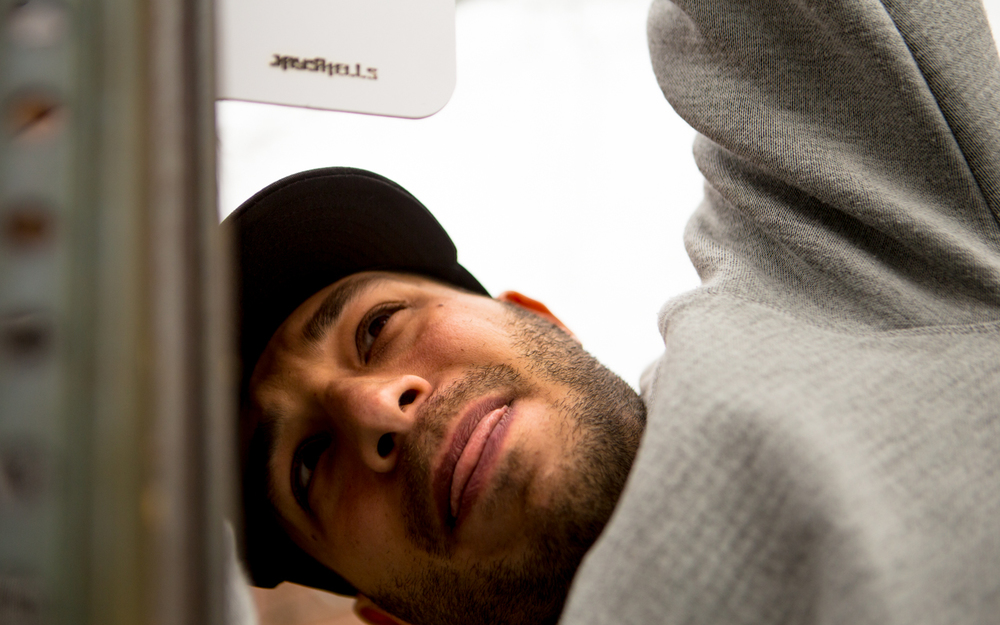
What is hook in rap?
As the name suggests, a rap hook is a short phrase or line in a song that’s designed to hook in the listener with a memorable melody, lyrics, or both. The hook usually shows up during the chorus of the song, but it could be anywhere in a composition.
In rap music, the “hook” is an important and catchy part that acts as the song’s repeated chant or repetition. If you think of it like the hook on a fishing line, it’s meant to catch your attention and draw you into the song. The hook, which is usually a catchy phrase or group of lines, is put throughout the song in a way that makes it sound familiar and gives it structure.
The chorus and lines build up to the hook, which is the main melody. This phrase sums up the main thought or emotion the artist wants to convey, along with the song’s theme or content. The hook is the lyrical and musical beat that people can recognize right away, and that stays with them. This helps people remember a song, which is important for both making money and getting people to participate.
In the rap genre, the hook is also a lively way to tell a story. The hook takes the melody’s main idea and boils it down into a short, powerful form. The lyrics, on the other hand, are where the complicated stories and wordplay happen. It’s a sound sign that shortens the artist’s message so that a lot of people can understand and use it. A rapper’s ability to make a catchy hook is often seen as a sign of how good they are at writing lyrics and how well they know what the audience wants in terms of melody and beat.
In addition to being a melody, the hook in rap is also used as a business and branding tool. If a rapper writes a good hook, it could become quickly recognizable to the audience, serving as a standout line or sound for that rapper. In addition to strengthening the artist’s identity, this branding power can change how people think of them in the music business and popular culture outside of the song.
To sum up, the hook in rap music is a sophisticated and important part that serves as the song’s main idea, drawing listeners into the story, creating a unique sound, and having a big effect on the artist’s overall fame and success.
Is it OK to rap slow?
After all most rap songs are fast, but as long as the content and meaning is made clear than speed can be left out. Just like any other form of music, the speed has to be able to make sense and fit in with the flow of the whole song. It is good to maintain the same speed and beat throughout the song.
Most rap songs are fast, but that only matters if you understand what they’re saying. In this type of music, too, the speed has to make sense and fit with how the whole piece flows. Maintaining a steady beat and speed for the song is helpful.
It’s perfectly fine to rap slowly; in fact, it can be a strong and unique style in the hip-hop genre. Rappers’ choice of tempo when giving their verses is a style choice that has a big effect on how a song sounds and feels.
Lyrics can be said with more thought and purpose when rapping slowly. It lets the musician stress each word and sentence so the listeners can fully understand the song’s subtleties and meaning. With deliberate pacing, the listener has more time to take in the information, which may make the artist and the audience feel closer and more linked.
It’s also possible that slow singing as a way to tell a story is done on purpose. It lets the creator carefully craft plots, build tension, and make images that look stunning. This method is often used by artists who want to deal with tough topics, bring up painful memories, or make people feel very strongly. The slower beat lets the artist use words to paint a clear picture, which puts more emphasis on telling a story.
You can also make a song sound better by rapping slowly. It lets the beats and other parts of the music breathe, which makes the sound stronger and easier to hear. This slower speed can also give off a more laid-back and relaxed vibe that goes well with some of the music’s moods or themes.
Secrets to Writing Better Rap Lyrics
To write interesting rap lyrics, you need to find a mix between being creative, smart, and relatable. Know a lot about rap before you try to get better at it. Look at the work of experienced rappers and learn how complicated rhyme and beat can be. A lot of the time, lyricism means that your writing is truly real and has a strong link to your feelings and experiences.
To write lines that people will remember, you need to have a great sense of flow. Make sure your words run easily and match the beat in terms of rhythm. Change the rhyme schemes, internal rhymes, and multisyllabic rhyming patterns in your songs to make them more interesting and deep. An extensive vocabulary is a useful tool; use a range of words and phrases to communicate your ideas clearly.
Great rap lyrics have a strong framework for telling a story. In each of your lines, use words to paint a clear picture of a story for the readers. Talk about your experiences, make observations about society, or look into made-up worlds to let your imagination run wild. Pay attention to how well your themes fit together, and make sure that each verse flows easily into the poem’s main idea or story.
Don’t be afraid of being found out. Genuineness is what people respond to, so don’t be afraid to share your struggles, successes, and unique points of view. Honest descriptions of the human experience can help people relate, which promotes openness. Try to keep a balance of seriousness and humor in your songs so that they are interesting and dynamic.
How To Write Good Rap Lyrics, Advice For Writing Better!
Writing catchy rap songs takes a good sense of rhythm and flow, creativity, and the ability to tell a good story. Aspiring lyricists must first get better at observing things in order to write good lyrics. There is a lot of information to be gained from looking closely at the world and your own experiences. Realness is at the heart of good rap songs, whether it comes from wins or losses.
Adaptability in language use is very important. A large vocabulary makes the meaning of the lyrics better by letting you use complex wordplay and metaphors. Wordplay, double entendres, and meaning stacking are common techniques used in successful rap to keep listeners interested on many levels.
It would help if you also worked on your rhythm. The beat and lyrics should go together to make a song with words and music. Using various rhyme schemes and patterns gives the verses more life and depth, which also helps people remember them.
One thing that sets great rap apart is the ability to tell a story. People are interested in stories that have a clear beginning, middle, and end. Sharing your problems, victories, or thoughts about society can help you connect with the audience and make your message more relatable and powerful.
Getting things done can be easier when people work together. One great way to improve is to ask mentors or peers for and receive constructive feedback on one’s work. Having a growth mindset is important; every verse is a chance to get better and move forward.
Writing great rap lyrics requires being honest, knowing a lot of language, being good with rhythm, and wanting to keep learning throughout your life. Rap fans can help aspiring lyricists find their voice and leave a lasting mark on the business by being willing to work together, understanding rhythm, trying out new words, and sharing personal stories.
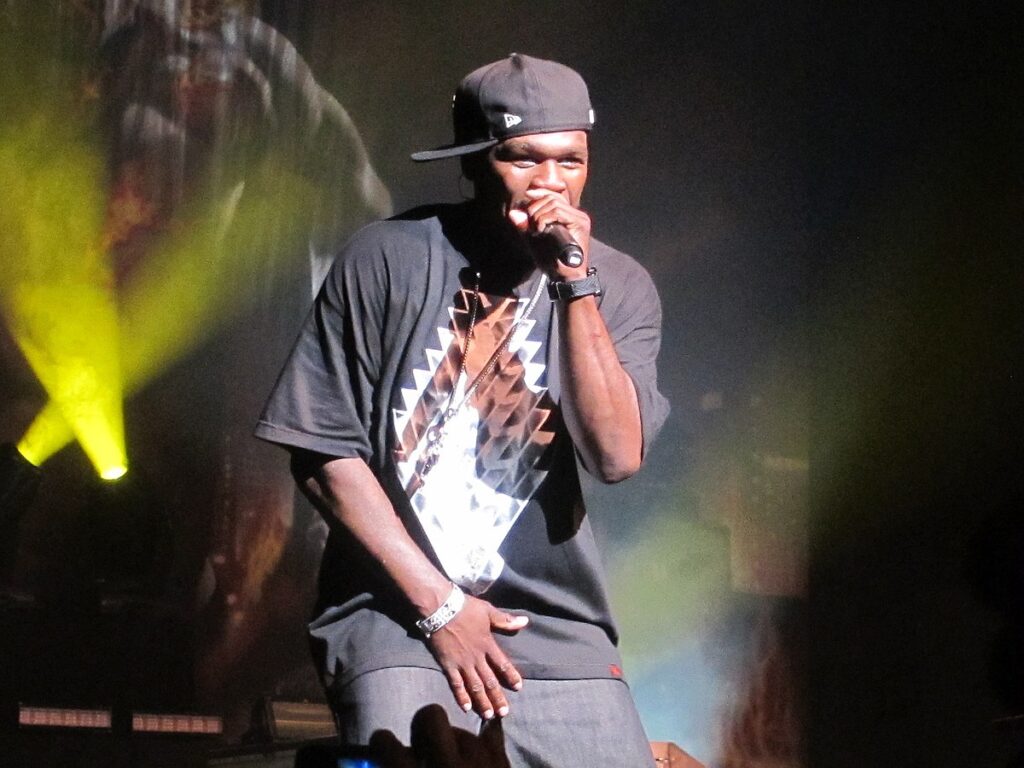
It takes more than just writing words on paper to write great rap lyrics. You need to be creative, have good language skills, be able to make beautiful rhythms and connect emotionally with your audience. A great lyricist pushes the limits of language while carefully balancing originality and sincerity by drawing from their own life.
It’s impossible to say enough about how important observation is in rap poetry. Carefully observing and making sense of both internal and external realities is how meaningful content is made. The most powerful stories are the ones that are true to life, whether they are about personal triumphs, social problems, or the human experience as a whole.
When lyrics use a lot of different words and speak more than one language, they make communication more difficult. Not only does having a large vocabulary help you communicate better, but it also lets you use clever wordplay, metaphors, and double entendres. Because of this, a lyricist can paint vivid pictures and express complicated feelings in a wide range of ways.

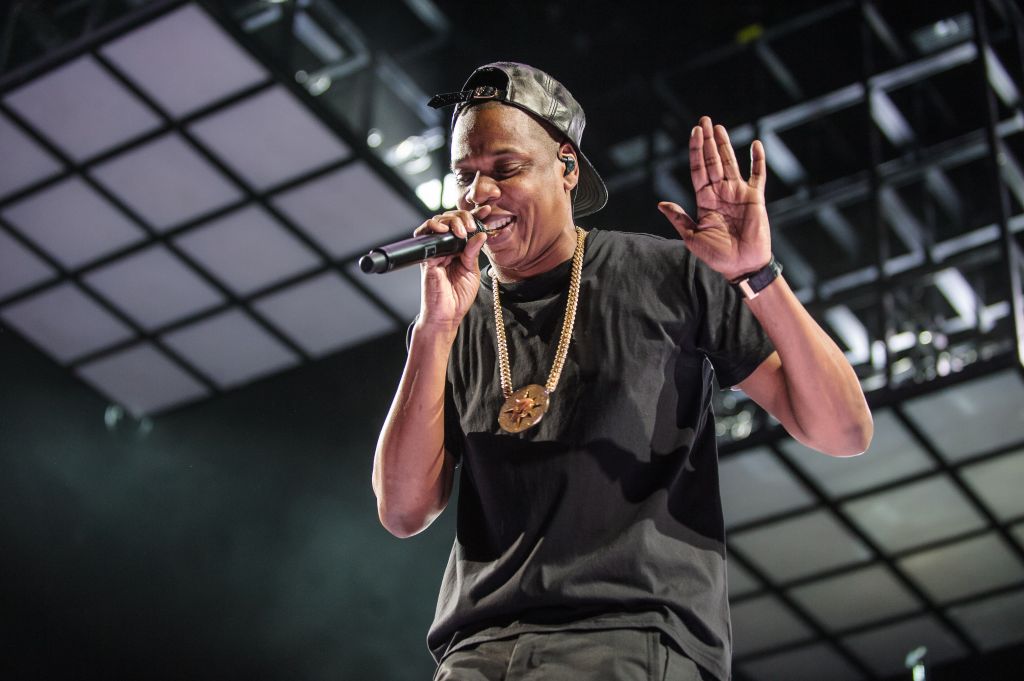
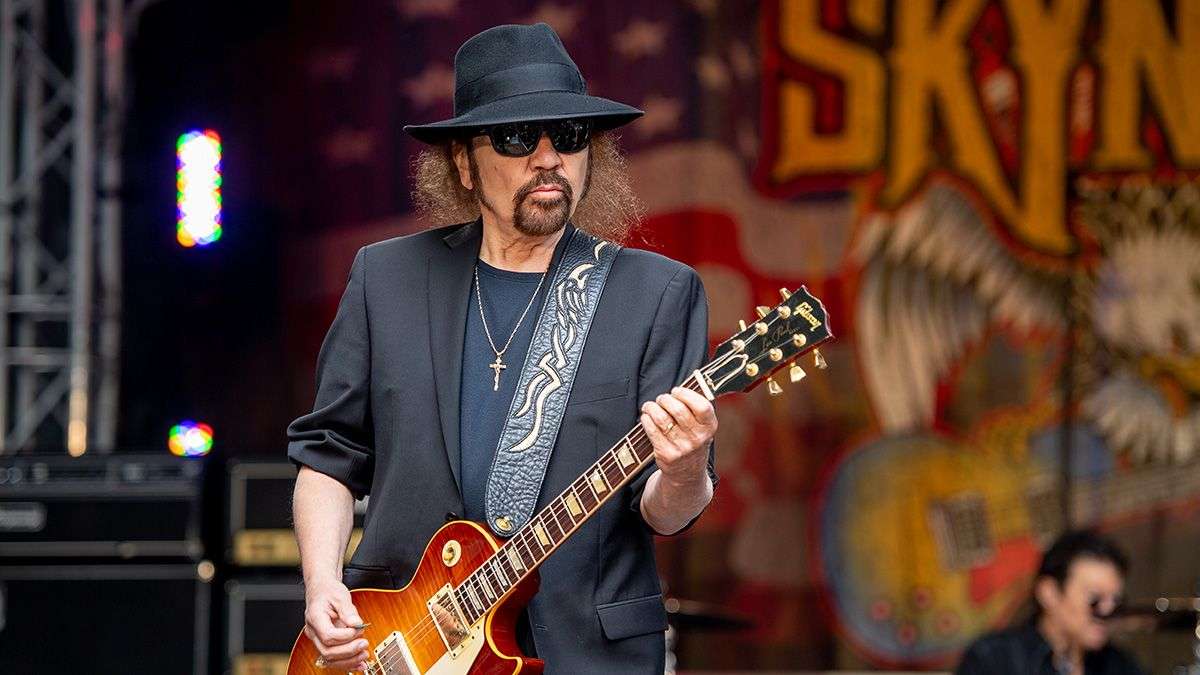
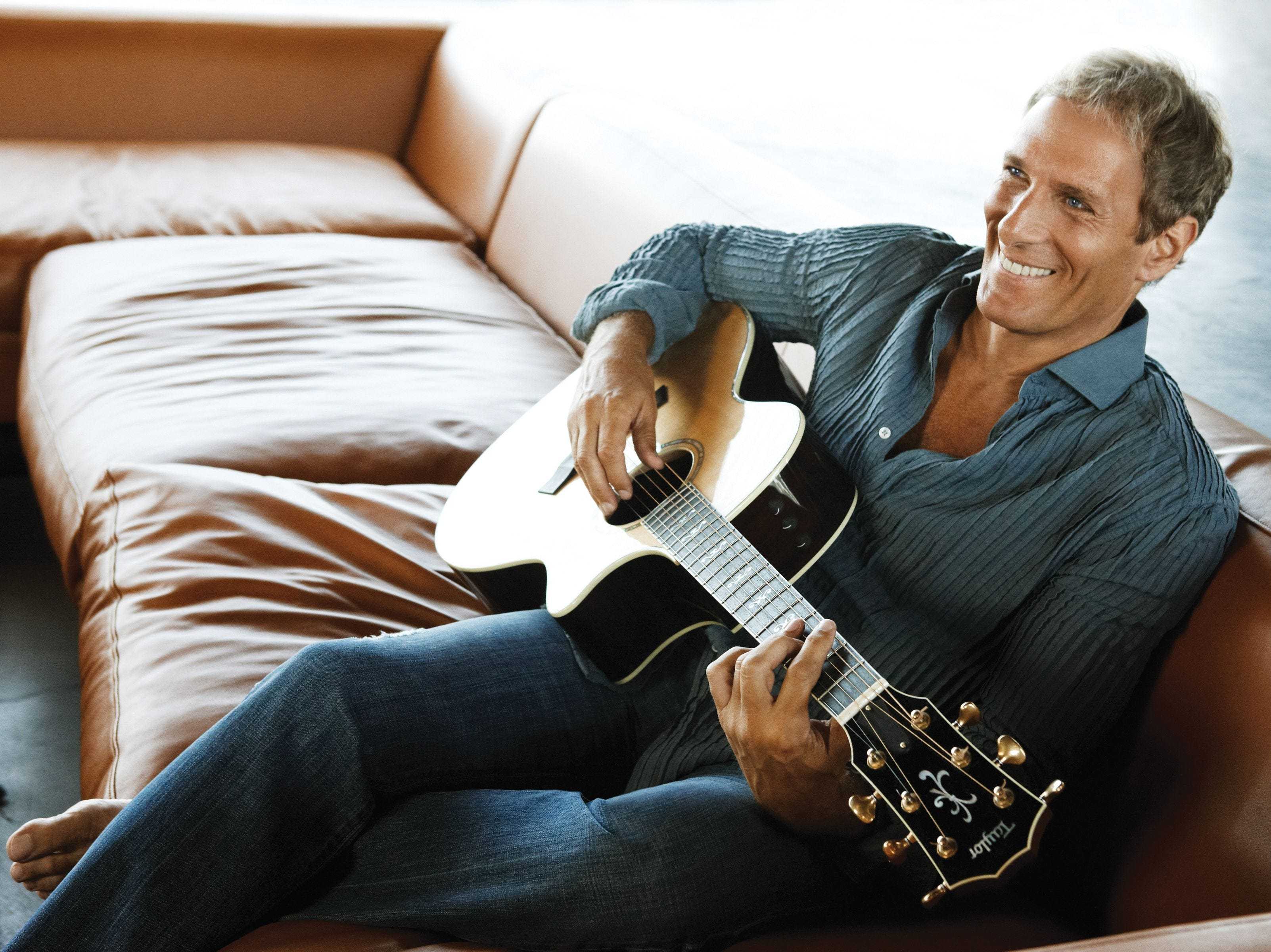
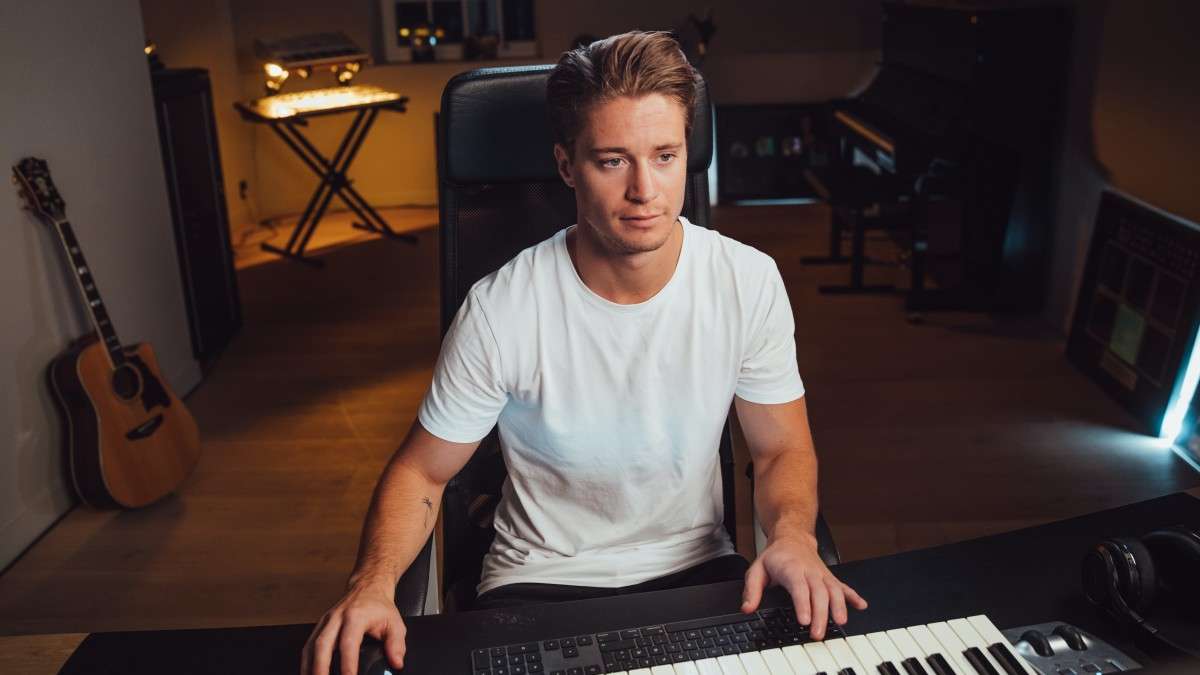


Leave a comment